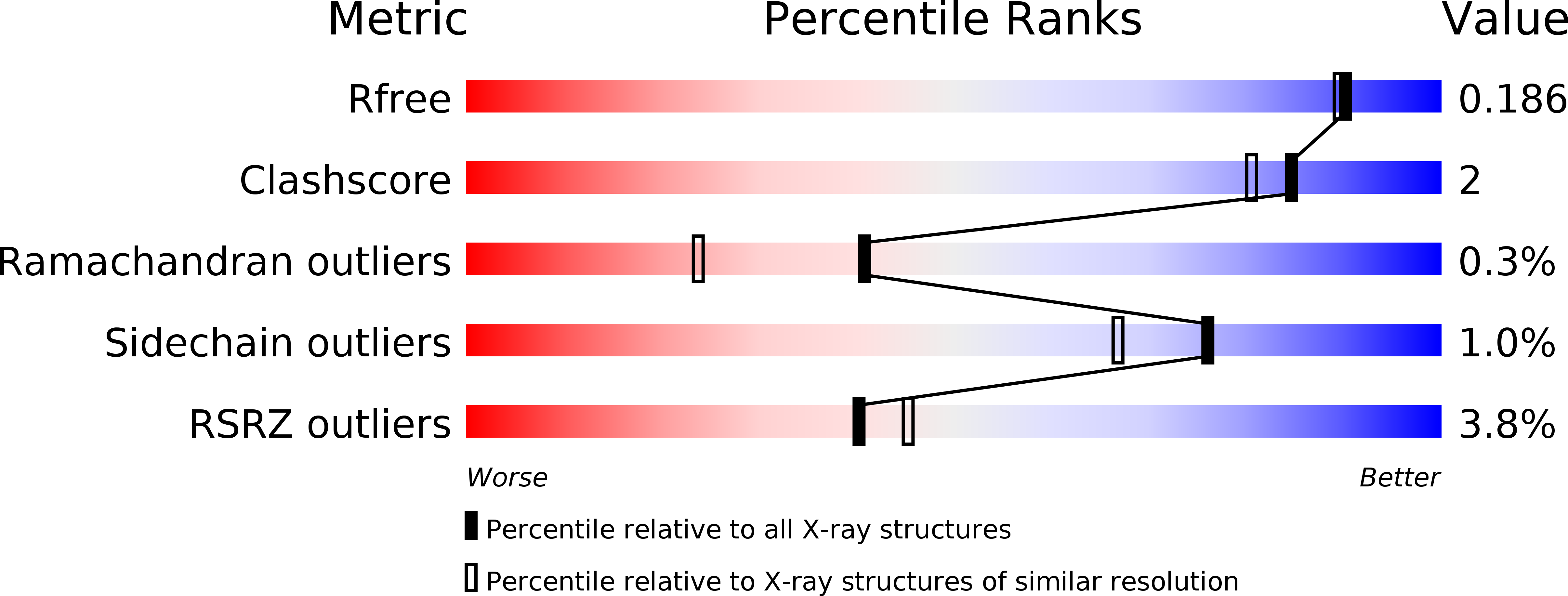
Deposition Date
2013-12-09
Release Date
2014-10-22
Last Version Date
2023-11-08
Entry Detail
PDB ID:
4NXI
Keywords:
Title:
Rv2466c Mediates the Activation of TP053 To Kill Replicating and Non-replicating Mycobacterium tuberculosis
Biological Source:
Source Organism:
Mycobacterium tuberculosis (Taxon ID: 83332)
Host Organism:
Method Details:
Experimental Method:
Resolution:
1.70 Å
R-Value Free:
0.17
R-Value Work:
0.14
R-Value Observed:
0.14
Space Group:
P 1


